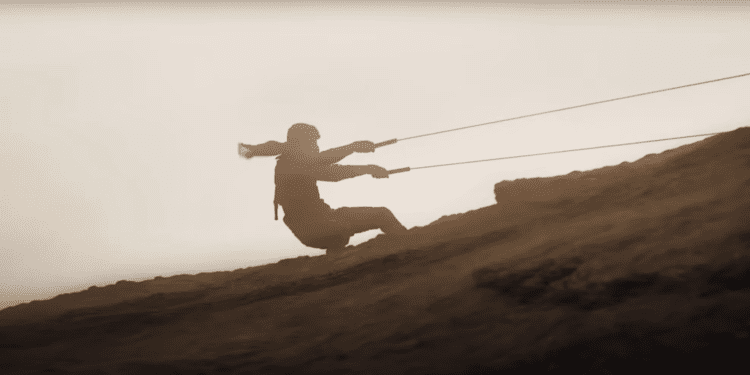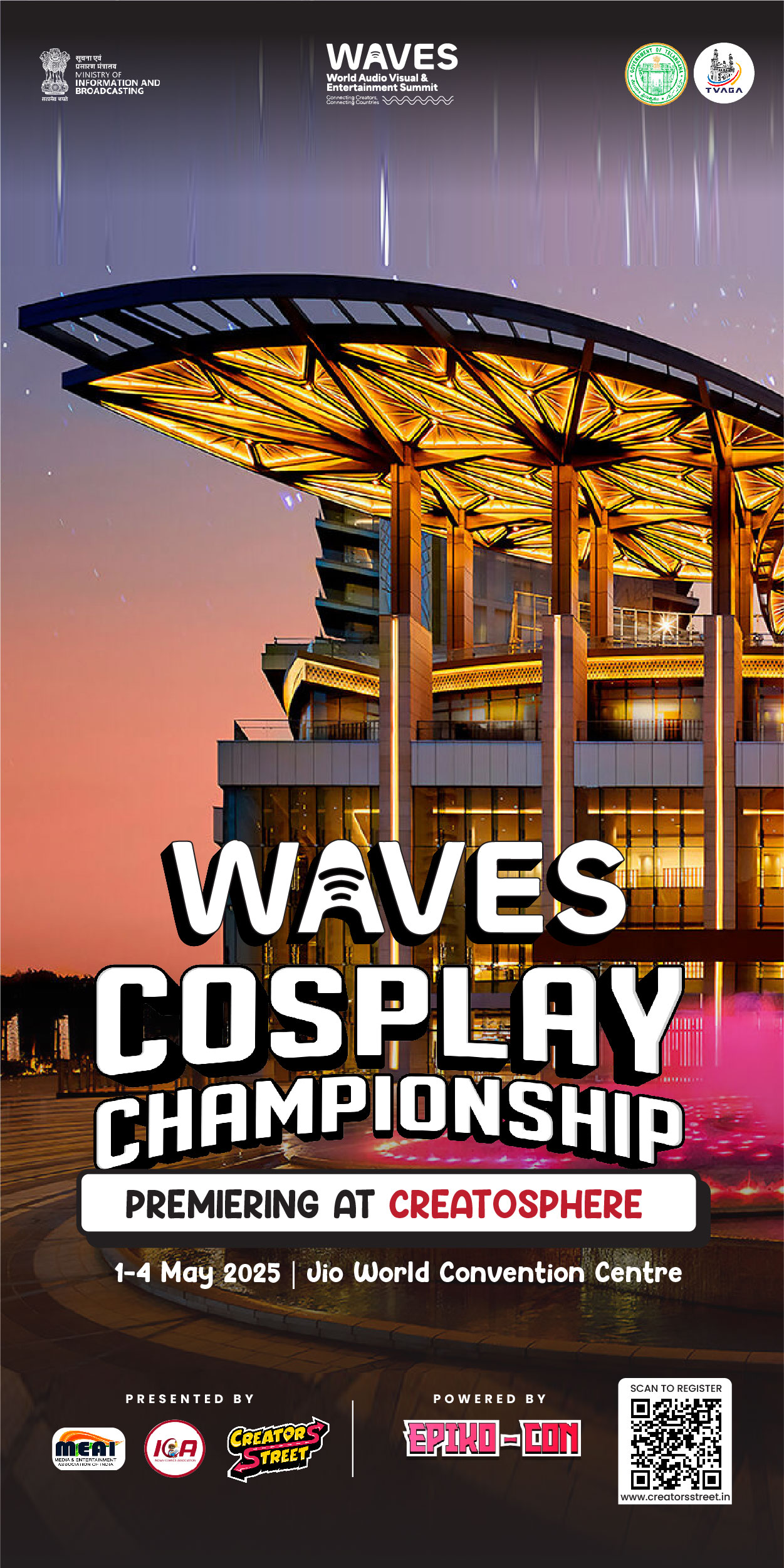How ‘Dune: Part Two’ Created the Ultimate Sandworm Ride—With Trucks, Sand, and VFX Magic!
Note: Big thanks to Ian Failes and Befores & Afters for the inside scoop. For more behind-the-scenes magic, check out the full article on their site—you won’t regret it!
In the ever-evolving world of AVGC-XR, the VFX industry never ceases to amaze. And if there’s one film that proves just how far the future of the VFX industry can go, it’s Dune: Part Two. The sequel brings us jaw-dropping visuals, and—most importantly—the epic moment where Paul Atreides surfs a sandworm like an absolute legend.
The secrets behind Dune: Part Two VFX were uncovered in a fascinating feature by Ian Failes on Befores & Afters, and trust us, it’s a goldmine of innovation, practical wizardry, and a whole lot of sand. Let’s dive in.
How Do You Ride a Sandworm? Very Carefully.
Denis Villeneuve had a vision: Paul Atreides (Timothée Chalamet) summoning a massive sandworm, mounting it like a pro, and proving he’s ready to lead the Fremen. Simple enough, right? Well, not exactly.
Villeneuve was obsessed with making the scene feel real. He didn’t want the audience questioning the scale or speed of the sandworm—he wanted them gripping their armrests, fully believing in this world. And that meant practical effects, not just CGI magic.
When in Doubt, Build a Giant Dune
Shooting outside was a must for natural lighting, so the team scouted real dunes. But cinematographer Greig Fraser had a wild idea—what if they built their own perfect dune? Enter: a custom-made UAE sand mountain, complete with underground steel tunnels and retractable drums.
Here’s how it worked: A stunt performer (harnessed, of course) ran up the dune, and at just the right moment—boom—the tunnels retracted, causing the dune to collapse. And voilà, we have Paul Atreides dramatically sinking into the sands, looking effortlessly cool.
The Science of Sand and a Whole Lot of Trucks
Fun fact: Sand isn’t just tiny rocks; it behaves like water. That’s a nightmare when trying to control it on set. Special effects supervisor Gerd Nefzer and his team built a three-meter-wide, eight-meter-long pipe system beneath the dune. Once placed, they had to reconstruct the surface, using wind machines and leaf blowers to keep it looking naturally windswept.
Oh, and those pipes? They were pulled out by actual oil company trucks—because when you need serious muscle, you go big.
The Perfect Shot? Took a Few Tries.
Capturing the perfect lighting meant limited shooting windows, and let’s just say, sandstorms don’t care about film schedules. It took days of trial and error, but when they finally nailed it, the results were worth every grain of sand in their boots.
Even after all this, CGI still played a crucial role. The footage was seamlessly enhanced with digital wizardry to make the sandworm’s movements more lifelike. The final product? A breathtaking mix of practical and VFX magic.
The Future of VFX Industry: Bigger, Better, Bolder
The Dune: Part Two VFX saga isn’t just a flex—it’s a glimpse into the VFX future. This fusion of practical effects and digital innovation sets a new standard for immersive storytelling.
So, the next time you see a mind-blowing VFX sequence, remember: It’s not just CGI. It’s a mix of art, science, and sometimes, a whole lot of oil trucks pulling giant pipes.










